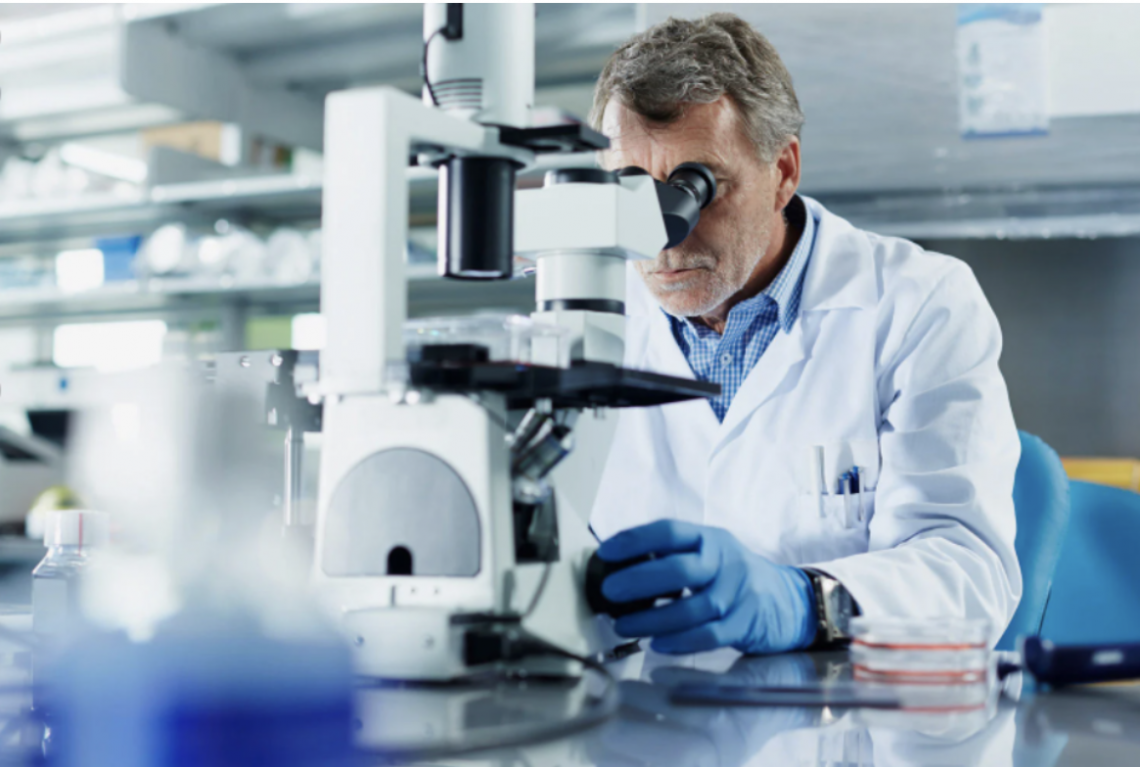From a medical standpoint, the most fundamental strategy to investigate potentially debilitating illnesses is to research them in the pathology and impaired performance domains. According to the rehabilitation science and engineering conceptual matrix, research in the pathology and impairment worlds of rehabilitation science and engineering involves investigations of isolated cells, tissues, and organs originating from human or animal subjects. The performance factors of interest include molecular, cellular, and organ or organ system function measurements.
Although the functioning of the cells and organs may be evaluated in an intact person, people are not necessary for disease and impairment research; pathology and impairment research can be conducted using isolated cells and organs from humans or animals. The goals of these preclinical investigations are to (1) determine significant parameters or legitimate indicators of disease and impairment, (2) highlight linkages (causal and other) among significant parameters, and (3) uncover the processes and variables contributing to disease progression.
The study of illness is known as pathology. Pathology is the application of all laboratory sciences to the prevention, diagnosis, treatment, and follow-up of illness in the United States. If that broad view is correct, how can the workforce of US pathologists have decreased by nearly 17 percent from 2007 to 2017, from 2.03 percent to 1.43 percent of all US physicians, while the number of physicians and the population overall have increased, as indicated by Metter et al? 1 Is this a one-time occurrence or a recurring pattern? Is it serious or insignificant? It is not a blip, and it is significant, yet forecasting personnel requirements is difficult. Various College of American Pathologists (CAP) records show that properly qualified graduate pathologists frequently struggle.
In this research American institutions and federations have played an enormous role to grow the research sector. National Institute of Health is one of the credible names in this achievement that the American health sector has achieved over the years.
DR PAUL ERNEST LOVE AND NIH LEGACY
Over the last 40 years, NIH-funded research has contributed to the development of more than 150 new FDA-approved medications, vaccines, and new indications for existing treatments. NIH-funded research contributes to significant medical breakthroughs and cures. For example, NIH researchers are examining the structure of Zika (link is external) to find therapeutic targets to battle the virus, as well as creating nanoparticles (link is external) to carry medicine directly into tumor cells to cure cancer. More than 80% of the NIH money is distributed through grants to 300,000 researchers at over 3,100 universities, medical schools, and other research organizations around the country.
Dr. Paul Ernest Love is a clinical pathologist and immunologist from the United States. Dr. Love has over 31 years of experience as a Scientist and is credited with significant research achievements in fundamental science and medicine. Dr. Love works at the National Institutes of Health (NIH), a government institution that is part of the US Department of Health and Human Services. He is still a key player at the NIH and is well-known in the field of immunology. Dr. Love now serves as the Section Head of Hematopoiesis and Lymphocyte Biology at the Eunice Kennedy Shriver National Institute of Child Health and Human Development (NICHD). His study largely focuses on T cell antigen receptor (TCR) signaling, with a specific emphasis on the involvement of immuno-receptor-tyrosine based receptors.
Love developed one of the first gene-targeted models at NIH as a postdoctoral fellow, mice missing expression of the CD3zeta chain of the T Cell Antigen Receptor (TCR). As a result, his lab has created mice defective in multiple different TCR subunits. Understanding the nature and function of the TCR’s numerous signal-transducing modules known as Immuno-receptor-Tyrosine-based-Activation-Motifs (ITAMs) has been a long-term focus of research at the Love-laboratory. T cells, one of the lymphocyte types required to combat infectious diseases, utilize ITAMs. T cells also identify and eliminate cancer cells and play an important part in self/non-self-identification.
During his professional career, Love’s study has made significant contributions to our understanding of the mammalian immune system. Love’s group has been involved in partnerships that resulted in the creation of a mouse model for human SCID-X1, as well as animals lacking in or expressing mutant variants of the essential T cell signaling adaptor LAT or the chemokine receptor CCR9. Members of the Love-lab have also discovered key functions for the proteins CD5, CD69, Txk, Themis, Themis2, and Fbxl12 in T cell development using genetic screening methodologies and gene targeting studies.
Conclusion
Another clear area for pathology work development is precision medicine, which is thriving and strongly relies on diagnostic genetics. One additional possibility addresses an old desire that is still unsatisfied. Pathologists have traditionally been instructors, frequently being the best at describing disease processes to medical students and colleagues. They should assist other doctors in choosing the appropriate test for the right individual at the right time, followed by proper interpretation, clinical action, and effects. Many clinicians are unfamiliar with the concepts of sensitivity and specificity, as well as the fact that the predictive value of lab findings is reliant on the prevalence of the condition in the tested population. Modern pathologists should be compensated for doing fewer, rather than more, laboratory tests, and for employing the appropriate assays.


